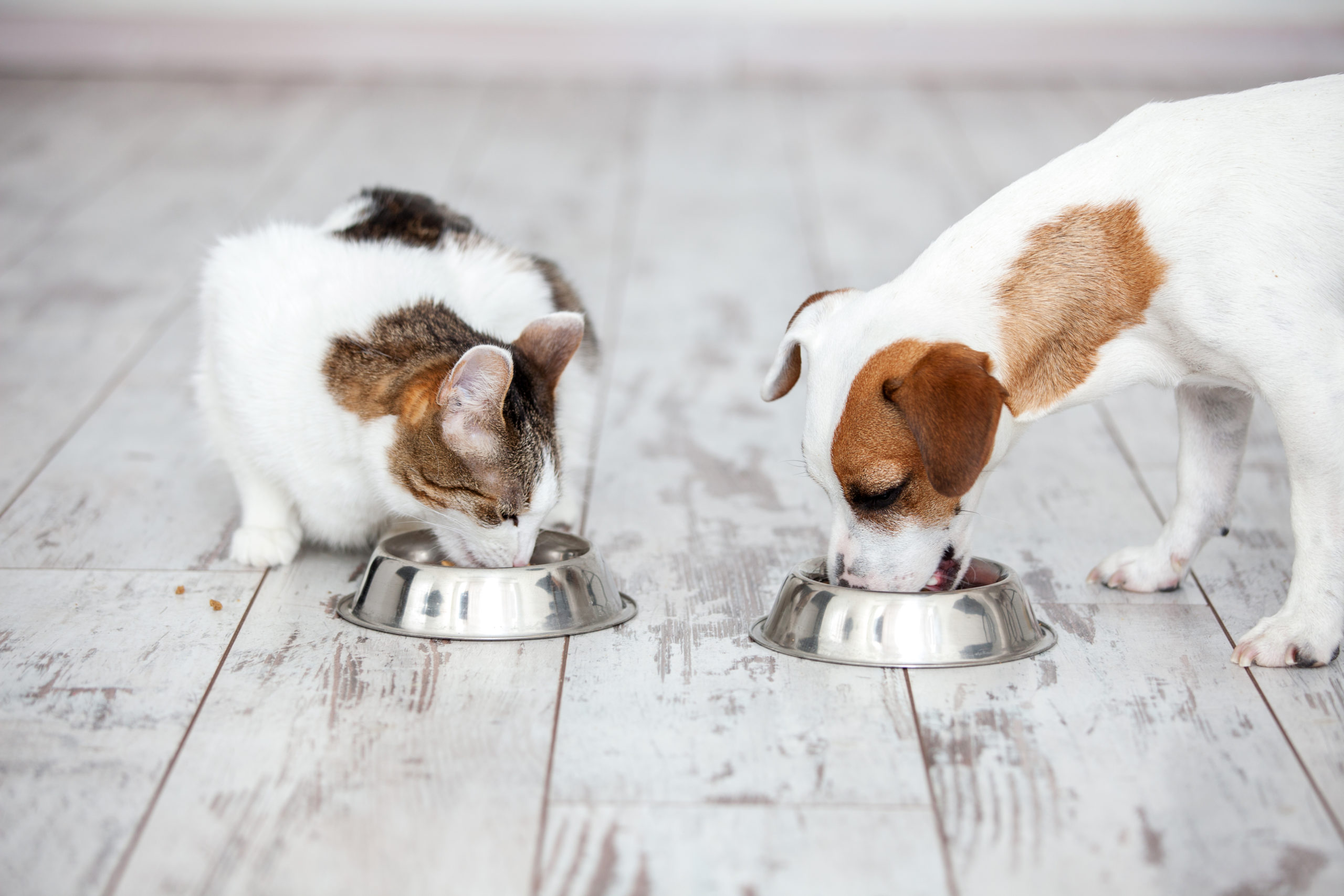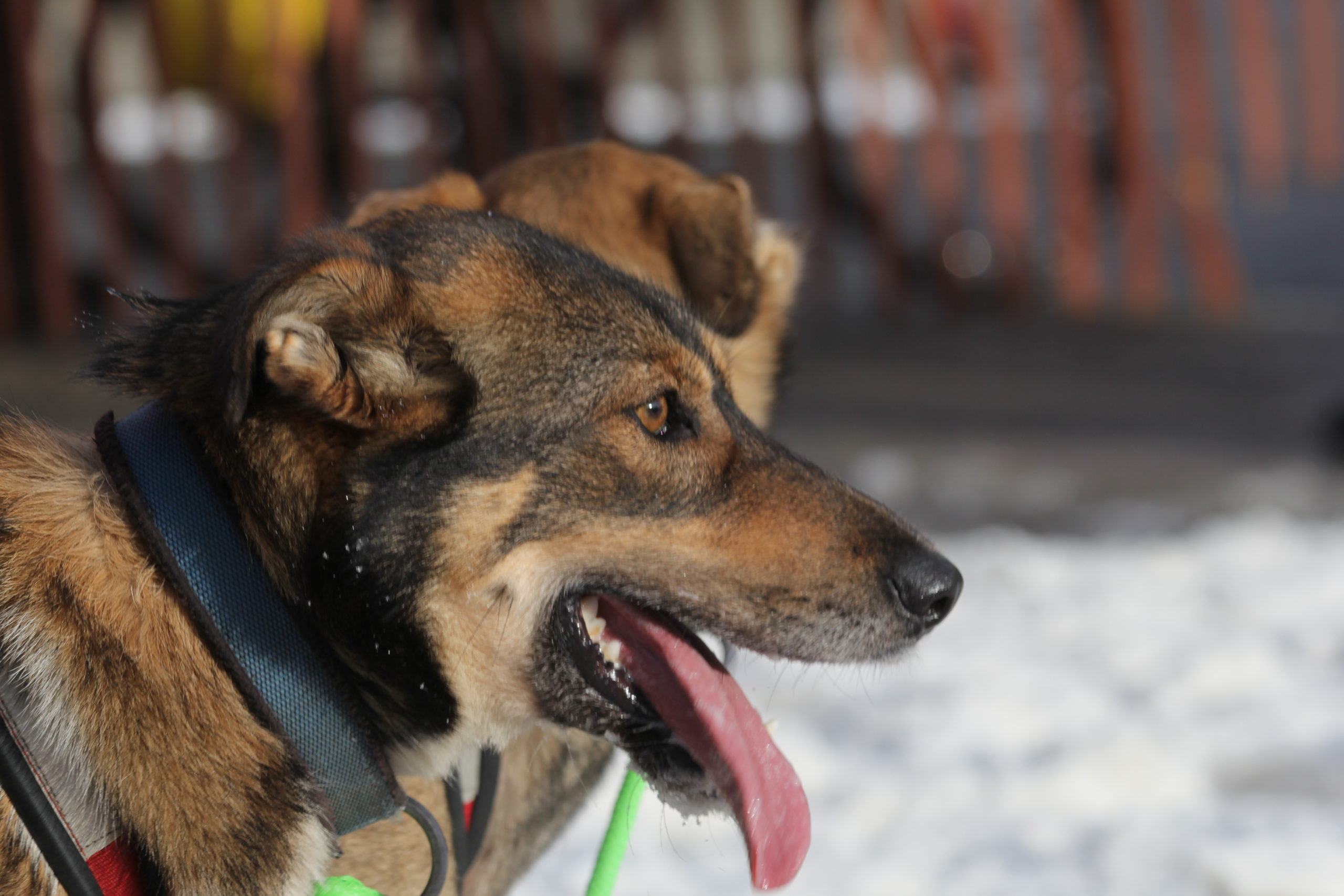The physical and behavioral differences between cats and dogs are obvious. But, have you ever stopped to consider the internal metabolic differences between cats and dogs and how they impact your pet’s diet? PFI discusses why a cat’s nutritional needs are different from a dog’s, and what this means for the animal’s well-being.
- Cats Are Obligate Carnivores
As obligate carnivores, cats need nutrients found in animal-based ingredients, such as muscle and organ meat, to survive. If a cat food recipe does not contain animal-based ingredients, its formulation must be carefully assessed to ensure it still meets a cat’s nutritional needs.
What makes cats different? Over time, as cats ate animals that had already digested and metabolized some essential nutrients, cats lost the metabolic ability to convert these nutrients into a usable form on their own. The cats we know and love today have a shortened digestive tract and altered liver enzyme capacity, unlike semi-carnivores such as dogs.
- Amino Acids
Cats have a higher requirement than dogs for dietary protein, which is made up of amino acids. They also have a dietary need for taurine but have limited enzymatic activity for making taurine from amino acids, such as methionine and cysteine. If cats are not provided with a sufficiently high level of taurine, they may develop a heart condition (dilated cardiomyopathy), experience reproductive failure, abnormal development as a kitten, or suffer from retinal degeneration.
Arginine is also critical to cats’ diets because they can only use that specific amino acid to make another amino acid, ornithine, which binds the ammonia produced by the body when it breaks down protein. Ammonia is highly toxic, and excess amounts can result in death. Dogs, however, can make ornithine in other ways.
- Fatty Acids
Essential fatty acids are nutrients that cannot be synthesized in sufficient quantities in a pet’s body and must be obtained through the food. Arachidonic acid is an essential fatty acid that cats cannot manufacture, while dogs are able. It is required to produce an inflammatory response that signals the body to send healing agents to a damaged location for the clotting of blood, and it supports the proper function of the gastrointestinal and reproductive systems, as well as the maintenance of proper skin growth.
- Vitamins
Cats cannot make the active form of vitamin A or adequate quantities of niacin (a B vitamin). Among other functions, these vitamins are required to support eye and skin health and also the conversion of carbohydrates, protein and fats into energy. In contrast, dogs possess the metabolic processes to convert the pre-vitamin forms of these compounds into their active forms.
- Cats Require Specially Formulated Food
The list above includes just some of the differences between dogs and cats. The Association of American Feed Control Officials (AAFCO) maintains nutritional profiles for the different life stages of dogs and cats, which includes the minimum amounts of the nutrients required for a complete and balanced diet. Pet food makers develop cat food recipes that will meet these nutritional requirements for a kitten or cat. With responsible feeding, veterinary care and exercise, cat lovers can all take steps to support a long and healthy life for their pets.
Sources:
https://www.waltham.com/document/nutrition/cat/dog/differences-between-cat-and-dog/284



